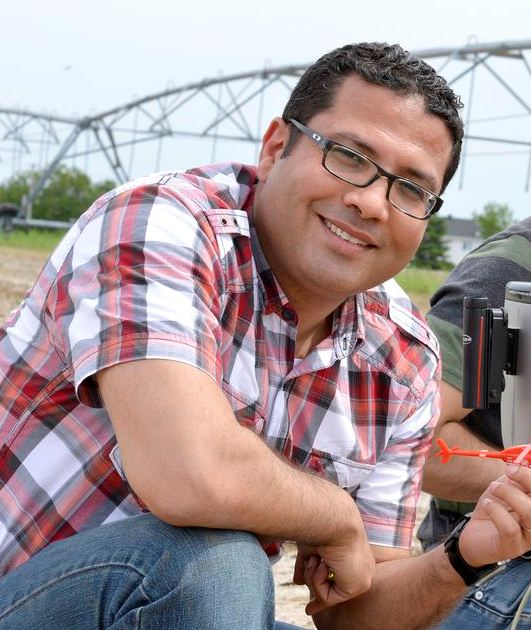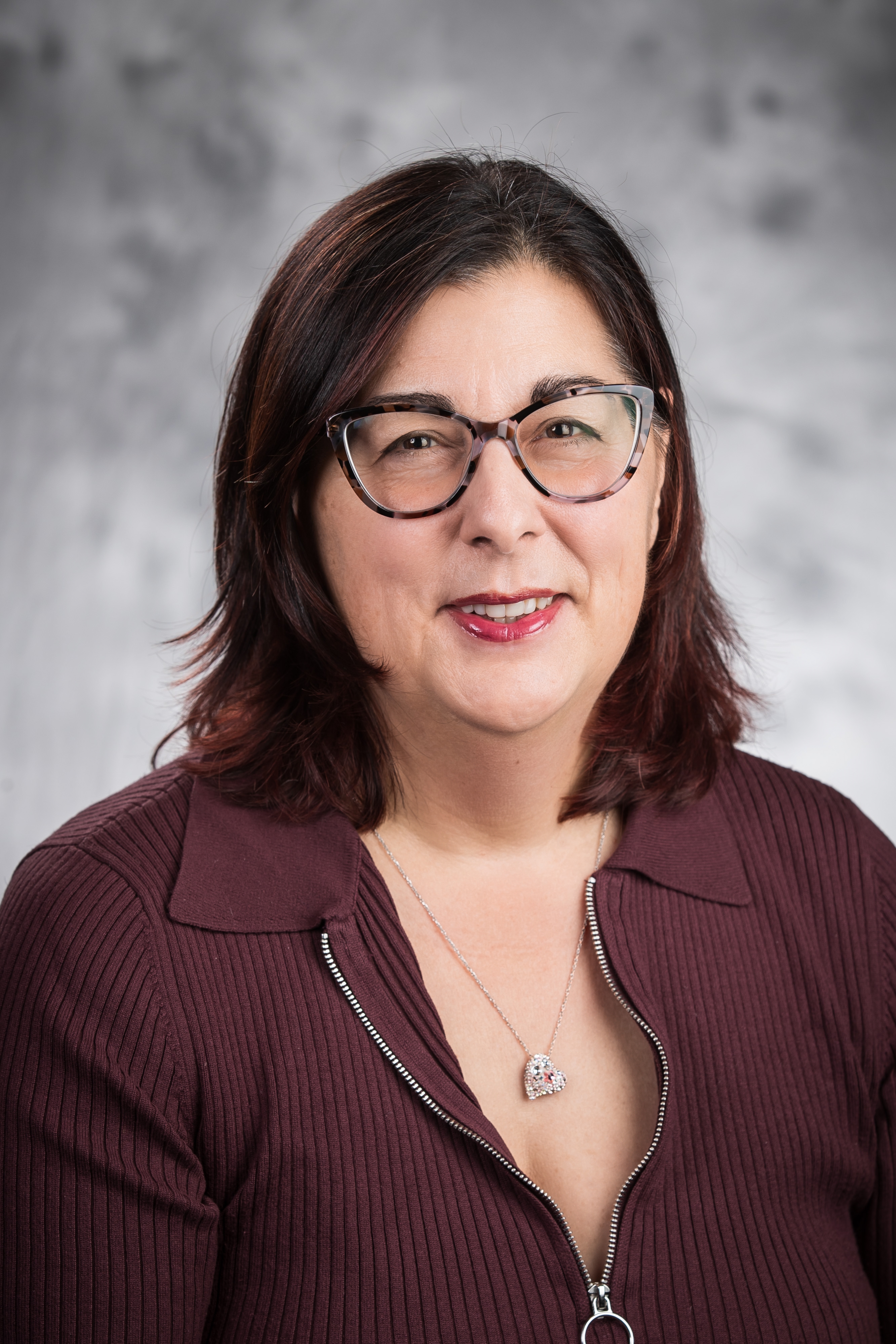
Date: Tue Jun 26, 2018
Time: 3:30 PM - 5:00 PM
Moderator: Newell Kitchen
Corn (Zea mays L.) yield potential can be affected by uneven emergence. Corn emergence is influenced by both management and environmental conditions. Varying planting depth and rate as determined by soil characteristics could help improve emergence uniformity and grain yield. This study was conducted to assess varying corn seeding depths on plant emergence uniformity and yield on fine- and coarse-textured soils. Research was conducted on alluvial soil adjacent to the Missouri river with contrasting soil textures (fine sand and silty clay loam) in close proximity to each other. Treatments included four seeding depths (38, 51, 64, and 76 mm), at three population rates (62000, 74000, and 86000 seeds per hectare), and no starter vs. starter fertilizer (46.7 L ha-16-24-6). Emergence uniformity and grain yield were measured within a portion of all plots. Initial results from the first year (2017) of the three year project showed that corn emerged quicker at the shallowest depth (38 mm) on the coarser soil. However, planting depth did not influence final yield. However corn yield and emergence in the fine-textured soil was influenced by planting depth. Planting Seed at the 76 mm planting depth resulted in a 0.6 Mg ha-1yield increase over the 38 mm depth. Not surprisingly, corn emerged more evenly at the 76 mm depth. Preliminary results suggest that corn planted deeper in fine-textured soils have improved emergence uniformity and higher yield potential. Planting depth may have little influence on corn yield in coarser-textured soils. These results indicate that variable seeding depth may be beneficial on fields with large variations in soil texture.
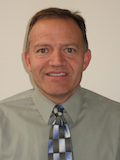
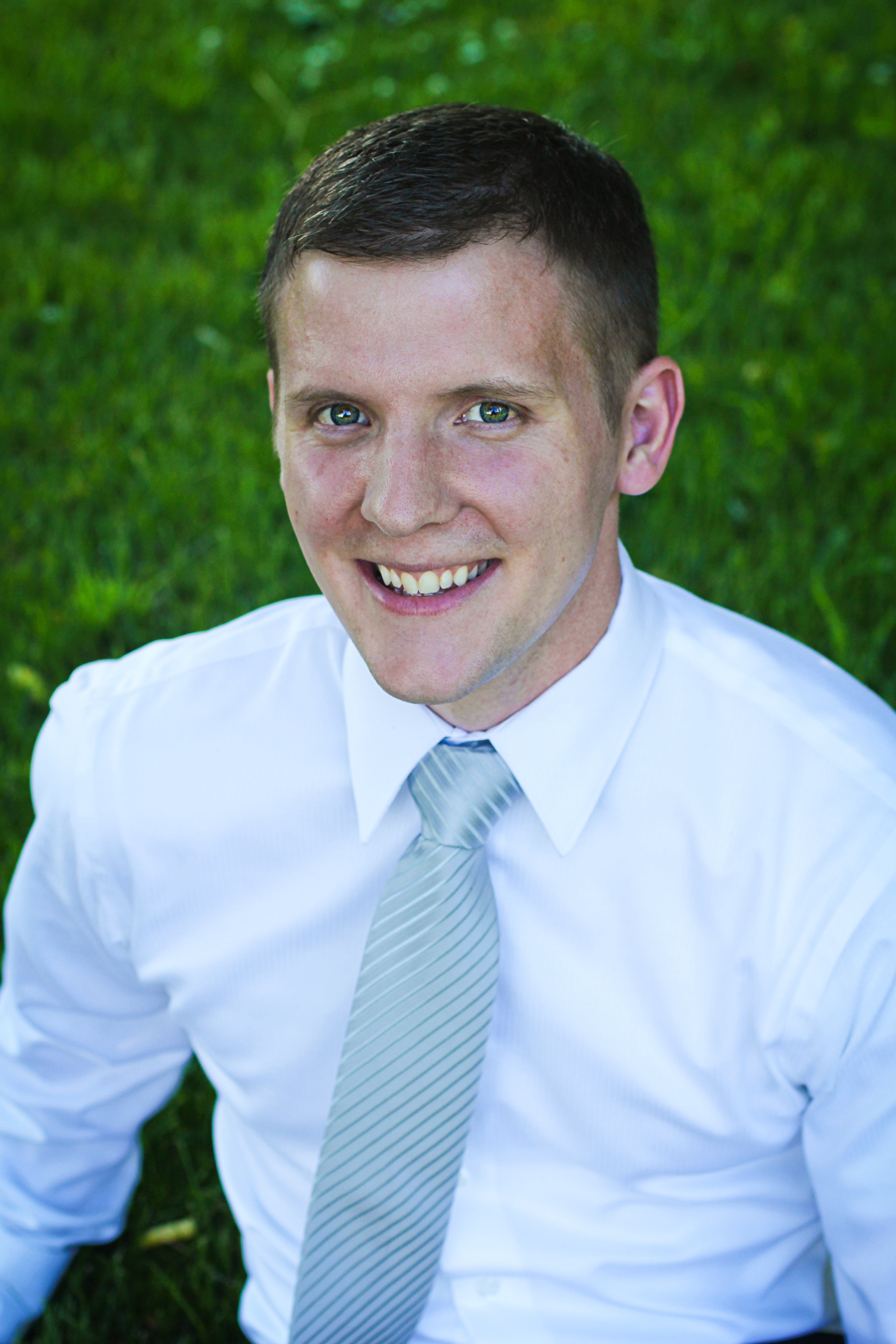
Increased cost efficiencies and ease of use make spinner-disc spreaders the primary method of applying fertilizers throughout much of the United States. Recently, advances in spreader systems have enabled multiple fertilizer products to be applied at variable application rates. This provides greater flexibility during site-specific management of in-field fertility. Physical and aerodynamic properties vary for fertilizer granules of different sources and densities, these properties in turn affect the uniformity of distribution. The purpose of this study was to evaluate the effect of fertilizer composition on distribution uniformity between independently metered and blended fertilizer sources, and determine the effect of metering type on spread of multiple products. A spreader with a dual bin, and the ability to independently meter two products onto spinner-discs was used for this study. Prior to spreading fertilizer, particle analysis determined that the bulk density of diammonium phosphate (DAP), muriate of potash (KCl), and a blended fertilizer (10-26-26) were 1009, 1105, 1025 kg/m3, respectively. All three fertilizer sources were broadcast and nutrient distributions determined. Specifically, the DAP components of the patterns were analyzed for any changes across all three fertilizer sources. DAP only spread patterns differed from that of the independently metered and the blended mixture, while the independently metered and blended fertilizer patterns were almost identical. Pan collection test results showed independently metered DAP and potash spread patterns were not significantly different than the blended mixture. These results indicate that there is a need for dynamically changing spreader adjustments during a variable rate scenario.
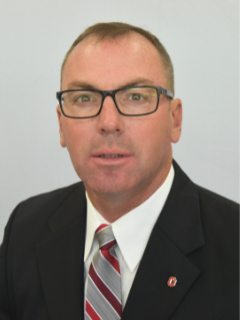
Grid sampling allows a variable rate of lime to be applied and has been marketed as a cost saver to producers. However, there is little research that shows if this precision application is profitable or not. Previous research on variable-rate lime has considered only a small number of fields. This paper uses soil sampling data from 170 fields provided by producers in Oklahoma and Kansas. We compare net returns of variable rate to uniform rate lime for grain only wheat production, dual-purpose wheat grain and forage production, and a wheat-soybean rotation. Using university lime rate recommendation tables, we calculated the lime rate for variable rate using grid sampling and uniform rate using an estimated composite sample. We then calculated expected yield over a five year period to estimate the difference in net returns from variable rate lime for the three production systems. We evaluated a range of target pHs from 6.0 to 6.9. On average, net revenues were maximized at a target pH of 6.5 for variable and uniform rates. At this level, variable rate averaged $3.42/acre less net returns for grain only and $8.56/acre less with dual-purpose. For grain only, 66 of the 170 fields had higher net returns for variable rate at the optimal target pH. In a dual-purpose system only 32 of the 170 fields had higher net returns with a variable rate. For a wheat-soybean rotation at the optimal target pH of 6.5, variable rate had $6.02/acre higher average net returns than a uniform rate. Thus, variable rate liming is a marginal investment, but there are times when it can pay.
Within the neighbourhood of any economically “optimal” management system, there is a set of alternative systems that are only slightly less attractive than the optimum. Often this set is large; in other words, the payoff function is flat within the vicinity of the optimum. This has major implications for the economics of variable-rate site-specific crop management. The flatter the payoff function, the lower the benefits of precision in the adjustment of input rates spatially within a crop field. This paper is about how we can best measure the flatness of payoff functions, in order to assist with judgments about the likely benefits of site-specific crop management. We show that two existing metrics — the relative range of an input for which the payoff is at least 95% as large as the maximum payoff (IR95) and the relative curvature (RC) of the payoff function — are flawed. We suggest an alternative metric: the standard deviation of the slopes of site-specific payoff-functions at the optimal uniform input rate (SDS).
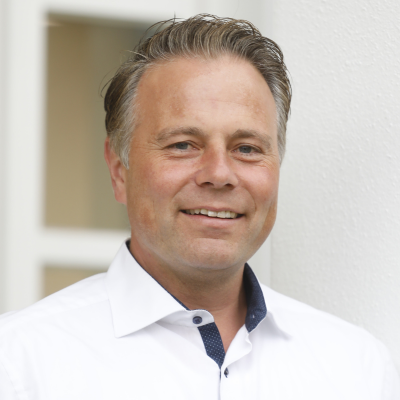
Information about the presence of weeds in fields is important to decide on a weed control strategy. This is especially crucial in precision weed management, where the position of each plant is essential for conducting mechanical weed control or patch spraying.
For detecting weeds, this study proposes a fully convolutional neural network, which detects weeds in images and classifies each one as either a monocot or dicot. The network has been trained on over 13 000 weed annotations in high-resolution RGB images from Danish wheat and rye fields. Due to occlusion in cereal fields, weeds can be partially hidden behind or touching the crops or other weeds, which the network handles.
The network can detect weeds with an average precision (AP) of 0.76. The weed detection network has been evaluated on an Nvidia Titan X, on which it is able to process a 5 MPx image in 0.02 s, making the method suitable for real-time field operation.
Conventional techniques (e.g., intensive soil sampling) for site-specific management zones (MZ) delineation are often laborious and time-consuming. Using drones equipped with hyperspectral system can overcome some of the disadvantages of these techniques. The present work aimed to develop a drone-based hyperspectral imagery method to characterize the spatial variability of soil physical properties in order to delineate site-specific MZ. Canonical correlation analysis (CCA) was used to extract the most related wavelengths to the soil physical properties based on hyperspectral imagery. The selected spectral bands were 540, 704 and 816 nm. These bands were processed using an object-based image analysis (OBIA) technique to delineate two homogenous zones. A Student’s t-test at the 5% significance level showed that these zones are statistically different in the physical soil properties. Also, a comparison between the extracted zones with the MZ obtained from the apparent soil electrical conductivity stratification yield very similar results. The results of this study suggested that MZ delineation using drone-based hyperspectral data can be a promising alternative to conventional techniques such as intensive soil sampling grid and soil proximal sensors.
